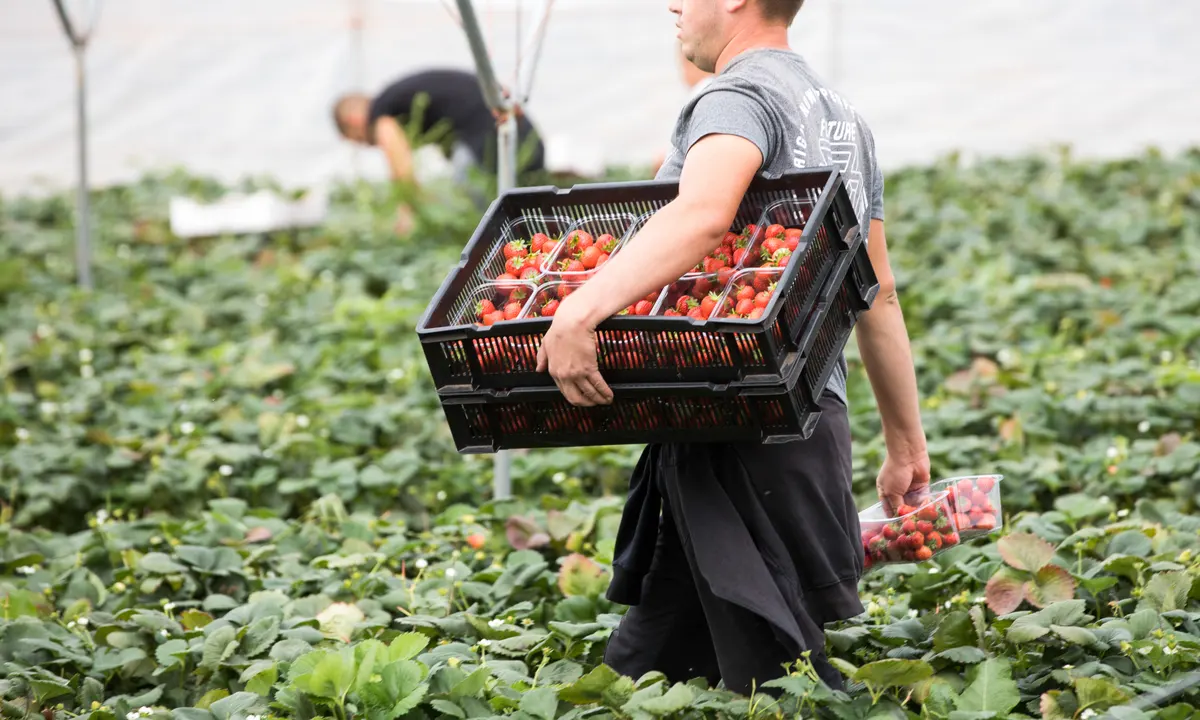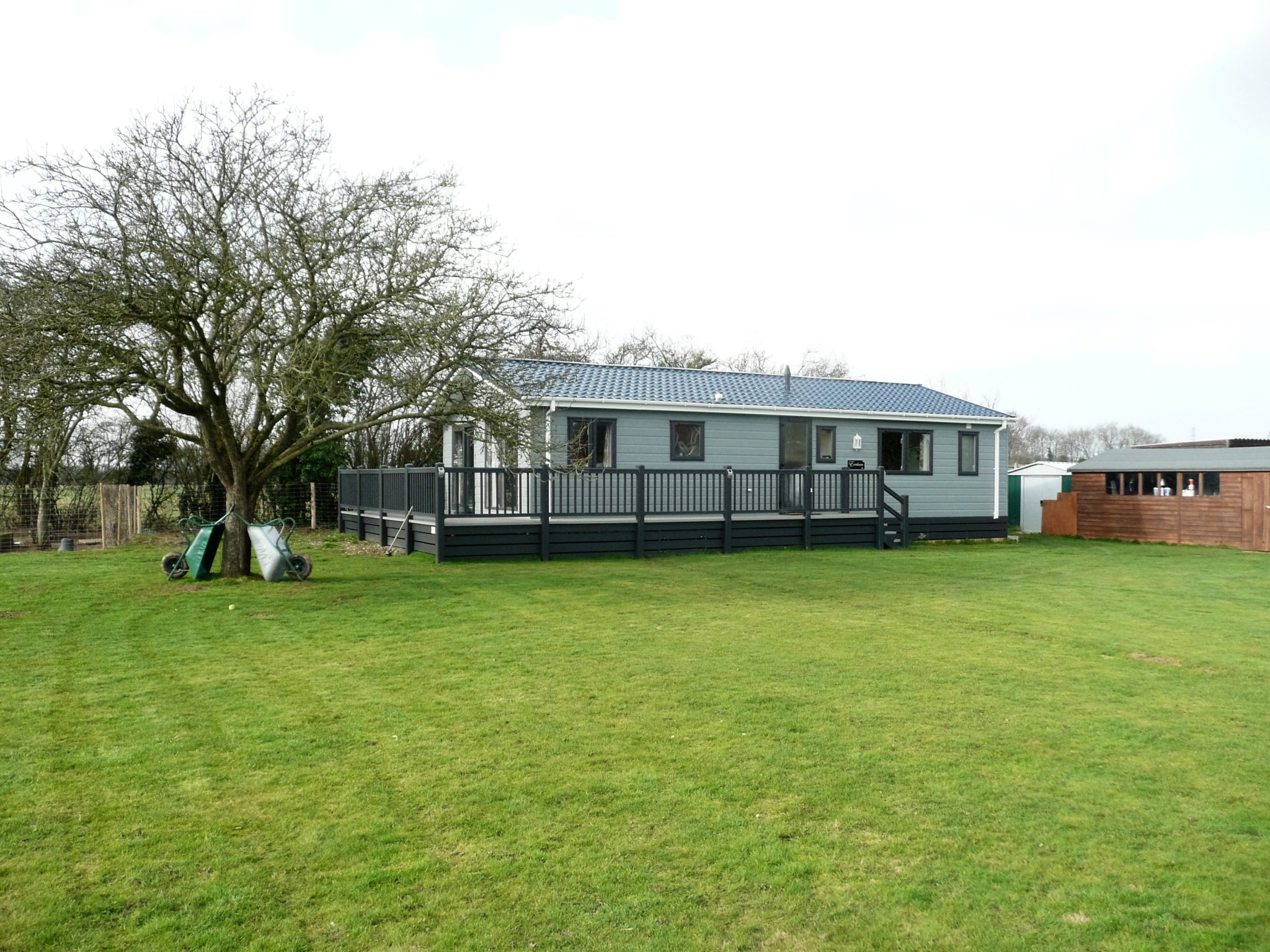It is not uncommon for farms to provide accommodation for its workers. This blog looks at some of the common pitfalls farmers may fall into when providing accommodation particularly when farm workers’ employment comes to an end.
What type of accommodation arrangements can be offered to farm workers?
There are several possibilities a farmer might have when providing accommodation for farm employees. The main two options will be to either create a tenancy or a service occupancy.
An assured shorthold tenancy (AST) involves an agreement that clearly outlines the tenant’s responsibility for the condition of the property and the responsibilities of the landlord during the agreed tenancy period.
Alternatively, an assured agricultural occupancy offers more secure, long term, accommodation that is let to farm workers as part of their employment.
A service occupancy can be also created as an option, but only where the accommodation is essential to the performance of the employee’s duties. In most cases for farm workers specific accommodation will not be considered essential.
How to ensure an AST agreement is in place for farm employees
The preference for most farmers will be to provide their employee with an AST. This is because it is a lot easier to terminate the tenancy when their employment ends. In order to do ensure an AST is in place, it is essential to serve the right forms on the employee before the tenancy commences. A ‘Form 9’ will need to be provided before the tenancy starts.
If the correct forms are not served at the commencement of the tenancy, then an assured agricultural occupancy may be created which may give the tenant greater security even if they have stopped working on the farm.
It is important to remember that for employers intending to grant farm workers an AST, they will still have to make sure that all the requirements of an AST are met, otherwise they may not be able to serve a Section 21 Notice if they intend to evict the tenant.
If the farm employee has an AST or an assured agricultural occupancy, the employer will be able to charge a market rent for the tenanted/occupied property.
What farm work meets the requirements for an assured agricultural occupancy?
If an AST has not been created for the farm worker, in order to benefit from an assured agricultural occupancy, the employee will need to be working in agriculture and meet the ‘agricultural worker condition’. These include normal farming agricultural activities such as arable farming, dairy farming, livestock or forestry but does not include employment in gamekeeping or horse training
What if a farm worker tenancy is already in place?
If the farm employee (or former employee) began residing in the accommodation prior to January 15, 1989 they may be protected by the Rent (Agriculture) Act 1976. If this is the case, they will have security of tenure and you will only be able to charge them a fair rent.
If the tenancy started after January 15, 1989 then they will be either an assured agricultural occupant or an AST.
What happens when the farm worker’s employment ends?
Providing an AST has been properly created it will be possible to end the tenancy quite quickly to tie in with the end of the worker’s employment. If there is a service occupancy, then the right to live in the accommodation will end at the same time as the employment ends, dependant on their contract of employment.
If your tenant is an assured agricultural occupant, or qualifies under the Rent (Agriculture) Act, then gaining possession is harder as the tenancy will not necessarily come to an end when the employment ends.
In this case, to remove the tenant, you will need to consider any grounds for possession, serve the correct notice and potentially apply to Court for an Order.










